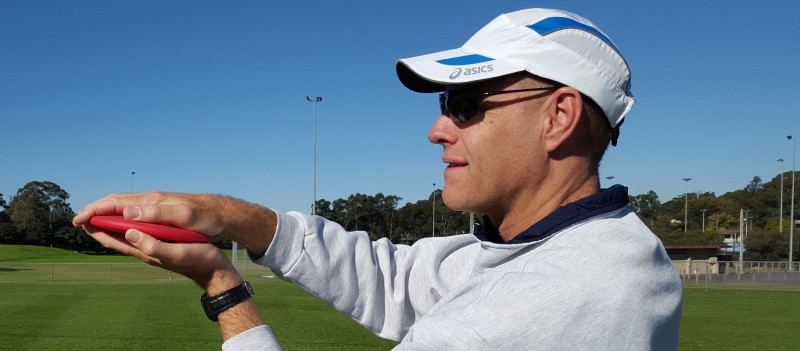5 Tweets From March 2020 That Will Help You Become A Better Coach Of Young Athletes

Photo by Tracy Le Blanc on Pexels.com
These are the 5 best sports coaching-related tweets that I came across during March 2020.
You can progress as a coach by putting these words of wisdom into practise.
If any of these tweets resonate with you, I encourage you to click through to follow more of the author’s work.
You can vote for your favourite at the end of the article.
Tweet 1 – Strength & Conditioning For Kids
S&C for children is play.
Jumping
Throwing
Chasing
Catching
Multi-directional running
Climbing
Games
Balancing
Playgrounds
Forest trailsThey’re S&C for children. Not spinning, gyms, weights or trendy buzzwords. S&C is simply play.
There’s no rush to elitism.
— Shane Smith (@ShaneSmith197) March 3, 2020
I couldn’t agree more. One of the simplest but most beneficial methods of strength training for kids is body weight management training. These include activities during which the child is required to control and “manage” – i.e. hold, support, move, etc – their body within their environment. Shane provides some good examples. It’s an age-appropriate, accessible, affordable and engaging method of developing strength in kids.
Tweet 2 – Long Term Athlete Development
Develop mechanical efficiency, consistency and resilience – multi-plane; multi-direction; multi-amplitude; multi-force. Then weave it into a decision-making / reactive setting. Keep re-cycling this mixture throughout their development and career.
— Kelvin Giles (@kbgiles) March 3, 2020
Kelvin provides a succinct summary of what we should be aspiring to provide young athletes within our coaching programs. Stick this up on your wall somewhere and use it to guide your planning.
Tweet 3 – Athlete-Centred Coaching Cues
To increase the odds of your athlete understanding a cue, you can (a) ask the athlete to put it into their own words, (b) ask the athlete to come up with their own cue based on the identified error, or (c) use your athlete’s words/slang/culture in the cue you create.
— Nick Winkelman (@NickWinkelman) March 14, 2020
Nick provides three brilliant, practical tips for making coaching cues work for you and your athletes. It’s true. Some of your best coaching ideas come from the kids. Be alert for them.
Tweet 4 – The Best Cue For You
Once you understand a cue’s anatomy, you’ll be able to convert it to fit the needs of the athlete and the movement they’re performing.
It’s not about the best cue.
It’s about the best cue for you.
— Nick Winkelman (@NickWinkelman) March 14, 2020
Your favourite coaching cue may not necessarily be the best one for your athletes. Be prepared to rummage, search and sift. Aim to construct a huge catalogue of cues that is never complete. Keep creating until you find one that connects.
Tweet 5 – Patience Pays Off With Performance
As a coach, be patient with your players and allow them to blossom. Don’t give up on them too soon.
— Sports Psychology (@SportPsychTips) March 22, 2020
In his book Atomic Habits, James Clear writes that “. . . a hallmark of any compounding process . . ” is that “. . . the most powerful outcomes are delayed.”
He says: “Breakthrough moments are often the result of many previous actions, which build up the potential required to unleash a major change”.
Kids are often progressing even when when their sporting performances appear to be sluggish or stagnant. They are storing the work and laying the foundations that will eventually see them pass through the plateau. Significant performance progression will often require patience.
Vote For Your Favourite Tweet!
If this post helped you please take a moment to help others by sharing it on social media. If you want to learn more I encourage you to leave questions and comments or contact me directly.
 Darren Wensor is a sports development professional, coach educator, specialist coach of young athletes and founder of the blog coachingyoungathletes.com. Learn more about him here and connect with him on Twitter, Facebook, Linkedin, Anchor or via email.
Darren Wensor is a sports development professional, coach educator, specialist coach of young athletes and founder of the blog coachingyoungathletes.com. Learn more about him here and connect with him on Twitter, Facebook, Linkedin, Anchor or via email.
